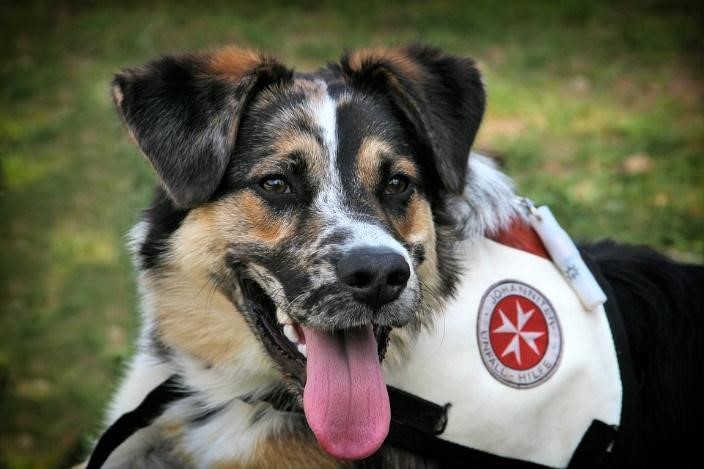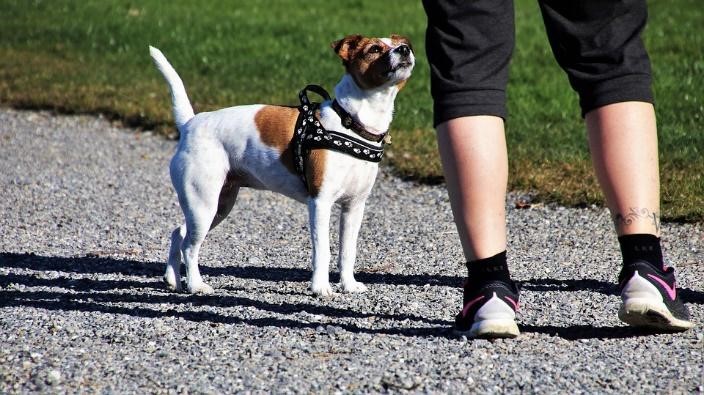Therapy dogs are not just ordinary pets or service dogs. Ideally, therapy dog training is such a noble course in the society as it provides an opportunity for dogs to offer love and attention to people under distress, including children and elderly persons. While any dog can offer care and love to its owner, dogs need to be deliberately trained as therapy dogs so they can befit this kind of job. That said, how is therapy dog training really performed?

Walking on a leash
Before your dog can be trained as a therapy dog, you must ascertain that your dog can comfortably be walked on a leash. Ideally, the dog starts by wearing a collar and can walk on a leash. The ability of your dog to take simple commands and walk around a room full of new people while on a leash is the initial stage that indicates that the dog can fair well as a therapy dog.

Introduction to friendly strangers
Remember the whole purpose of a therapy dog is to be around new people and offer ultimate care and attention. In the training process, your dog will be introduced to new people. Ideally, the strangers are often too friendly so the instincts of the dog can be geared toward affection and love to new people. You may also be asked to leave the room, so that the experts can test whether the dog can quickly familiarize with strangers in the absence of its owner.
Petting and brushing
A therapy dog is accustomed to random petting, brushing, kisses, hugs, and all sorts of affection from different people. Unlike with introducing a friendly stranger, the petting and brushing training is based on the question of whether or not the dog can become comfortable with more than just sitting next to a stranger. The test also touches on aspects of the sensitivity of the dog to maintain eye contact with the stranger who is betting of brushing it.
Grooming and appearance
The next phase allows the dog to be tested for grooming and appearance, which really concentrates on touch sensitivity. When a new person keeps touching the paws, stomach region and other sensitive areas, a therapy dog must indicate a temperament of composure, one accompanied by affection and love toward the humans involved. This stage works more like how a vet checks the health status of your dog from head to paw.
Stability test
Another thing to train on is the issue of stability, whereby a dog must be in a position to maintain the same positive energy when interacting with different people. For example, in a hospital set-up a therapy dog should be as excited about showing affection to an elderly woman, as it would a sick 10-year old boy. This test monitors the activity levels of the dog at all times, particularly when hungry, tired, or a little under the weather.
Sound sensitivity
As a therapy dog, noise should not be an alarming factor. When preparing your dog for the new job, the first test is to check for deafness. Once it is ascertained that the puppy is not deaf the next concern becomes about noise sensitivity. The dog should be appropriately sensitive to noise, with responses and reactions that are not hostile. For example, if your clap your hands or snap your fingers, what is the puppies response? If the music is turned on so up high, will the dog become uncomfortable and act rather hostile?
Overall, the training performed for a therapy dog focuses mostly on testing the ability of the animal to relate warmly with new people, in such a way to pose minimum or no risks at the strangers receiving the therapy, for example, through barking, biting, or violent attacks. For more on how much more you can do for your dog, visit https://www.authenticdogs.com/best-retractable-dog-leash/ and grab yourself some of the best retractable dog leashes in the market.


